The new season of Wisconsin Life features an animated version of an essay written by Nancy Jorgensen, “Little Known Truths about Lilies of the Valley.”
The piece reflects on the life of Jorgensen’s grandmother Nana, a 1920s woman whose love of gardening symbolized strength and sacrifice. Her passion, passed through generations, turned gardening from duty into leisure, mirroring shifting gender roles. Nana’s legacy lives on in blooms that represent resilience, growth and evolving norms.
PBS Wisconsin caught up with Jorgenson before her essay is depicted in a new episode of Wisconsin Life at 7 p.m. Thursday, Oct. 23, on PBS Wisconsin, the free PBS app and pbswisconsin.org/wilife.
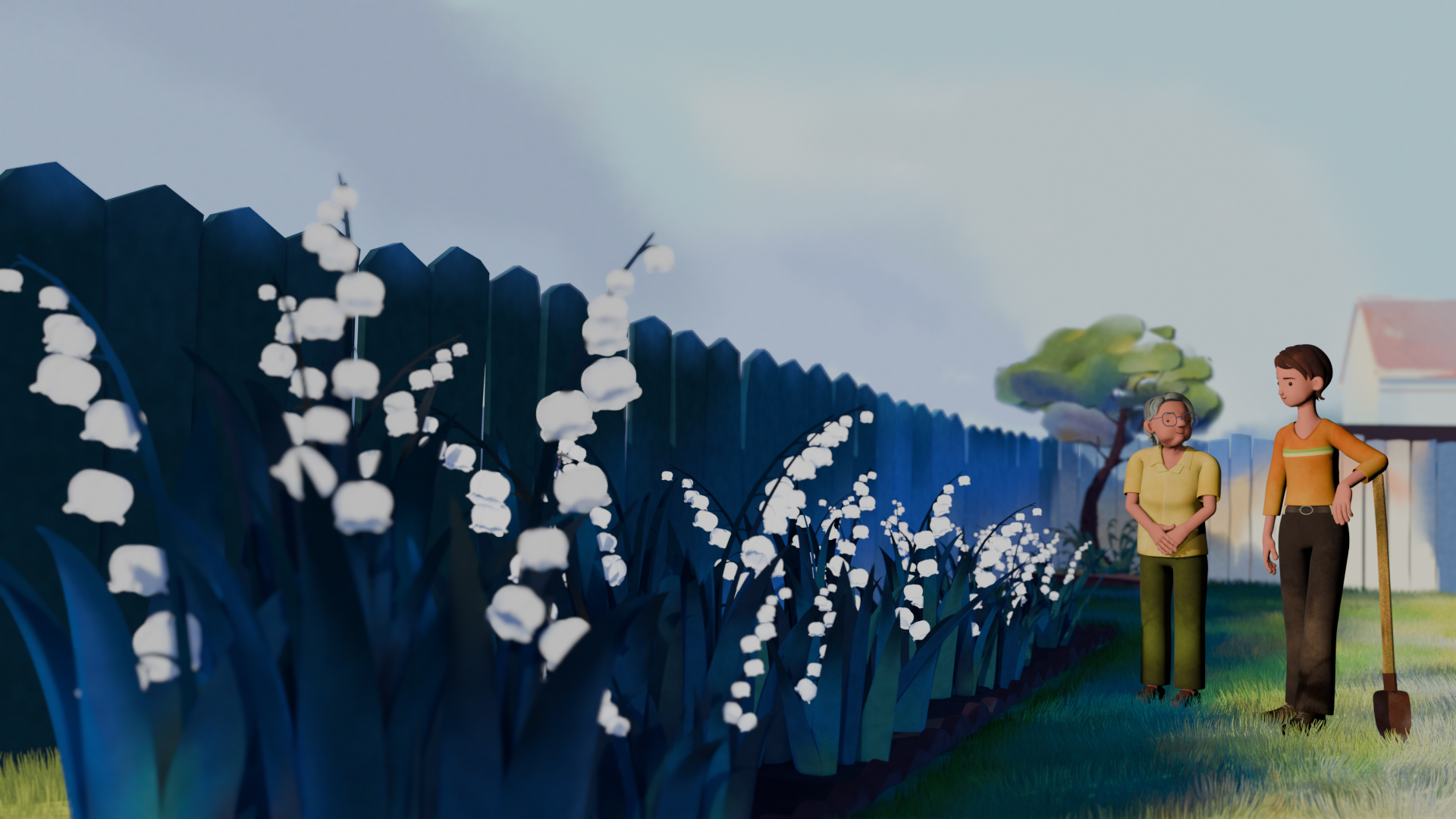
PBS Wisconsin: Lilies of the valley serve as both subject and metaphor in this piece. What do you think they ultimately came to represent for Nana and for you?
Nancy Jorgensen: For me, it’s about inheritance. [Lilies of the valley] live and then die away in the winter, and then they come back. They do that year after year and pass on something valuable. That’s what we inherit from them. It’s not monetary, it’s just beauty. I think for Nana, they represented something that was beautiful in a very harsh world. No matter how hard the year was, she could count on coming out in the spring and seeing those lilies of the valley come back. No matter how hard life was, there were going to be some bright flowers in her future.
PBS Wisconsin: What did you think of the artistic expression of the animated version of your story?
Jorgensen: It was so true to form. I sent some photographs, and of course you get a sense of who the characters are from my essay, but I get emotional when I see those characters portrayed how I see them in my own mind. I haven’t seen my grandma since she died, which was so many years ago, and then to see her represented in a moving form was, it was emotional.
PBS Wisconsin: In the story, you wonder what it was that drew Nana to these specific flowers. Do you think you’ve found your own answer to that?
Jorgensen: It’s difficult to know for sure because you can’t really be in somebody else’s mind. And as well as I knew her, it wasn’t ever a question that I thought of at the time. I think maybe it was just that early spring reminder of renewal and rebirth and seeing that things come back, maybe new chances. She often questioned herself and berated herself, and I think maybe in the spring she saw that everybody gets a new chance again. I also think that they were so delicate and pretty. Nana’s life was not easy. She worked hard. I don’t think she ever really indulged in pretty dresses or a new hairstyle, just to have something pretty and delicate in her yard gave her pleasure.
That goes along with the whole idea of inheritance. We did not inherit any money from Nana, but her love of flowers has been an inheritance to me and then to my daughters, too. They knew her and they walked in her gardens. It’s something that they got from her that I can still see alive even though she’s not here.
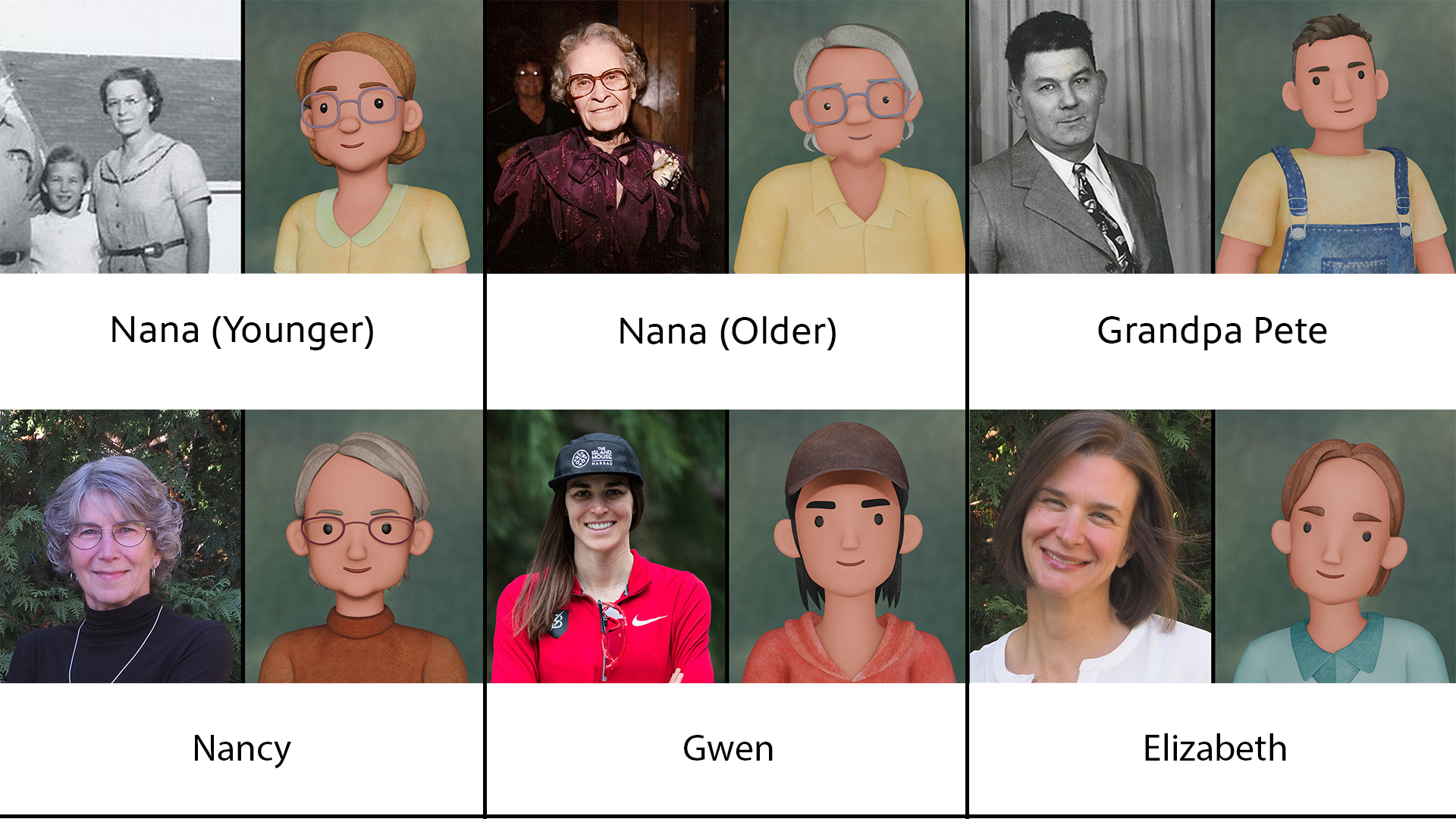
PBS Wisconsin: Your story is now being adapted into a short animation. How does it feel to know these memories (and Nana’s legacy) will reach audiences in such a different form?
Jorgensen: I was really just honored to be chosen for this. It’s nothing I ever thought about, but to have my essay chosen was a privilege. Nana led a very anonymous life. The family knew her, but she was probably never in the paper or never did anything to garner a lot of attention. She just worked hard to feed her family with her gardening. I don’t think she ever expected recognition, so this is a recognition that she never would’ve thought she would get. There are a lot of people who experienced World War I, the Great Depression and World War II, and did a lot of hard work without ever expecting recognition. They were serving their family and country. I’m just grateful that someone from that generation is recognized and people will have a little glimpse into her life. This will live on in more than just my memory or my family’s memories.
PBS Wisconsin: If you could speak directly to the viewer before they watched the animation, what would you want them to hold in their mind or heart about this piece?
Jorgensen: I would like the viewer to believe that small, everyday things that exist in the world can be beautiful, powerful and they don’t have to cost anything. When somebody like Nana finds something small and beautiful then tends to it and grows it and helps it come back year after year, it’s a gift to the rest of us. Those things are everywhere. It’s not just the lilies of the valley. There are a lot of small, beautiful things that we should be appreciating.
 Passport
Passport
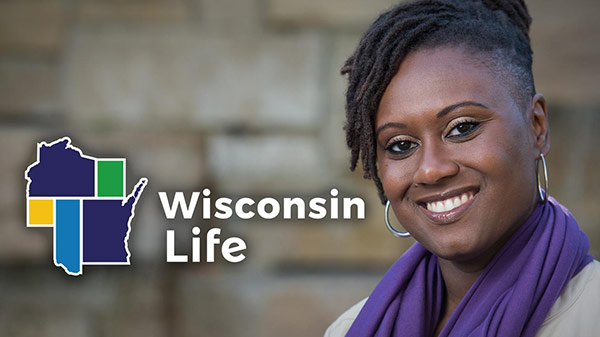
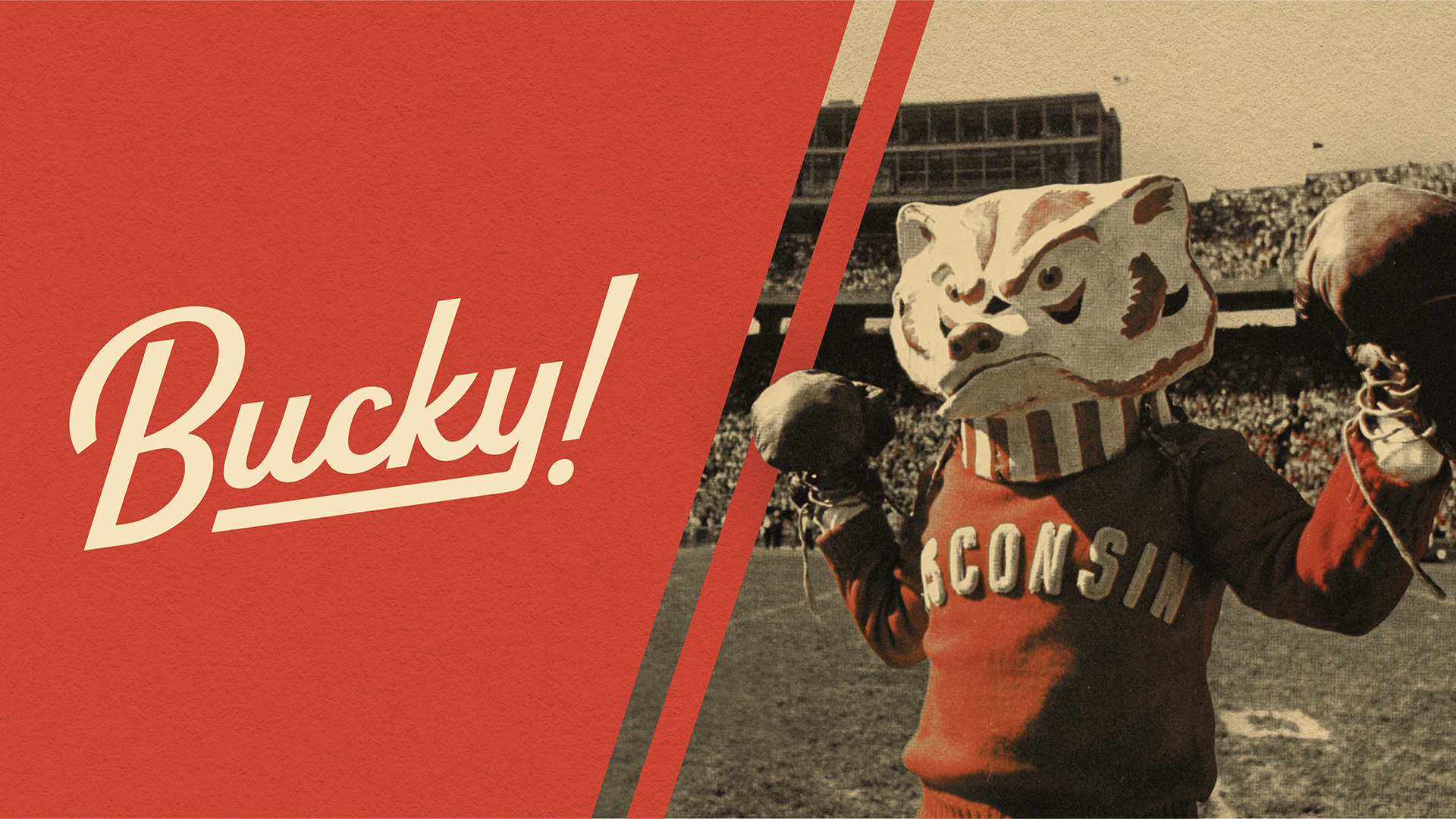
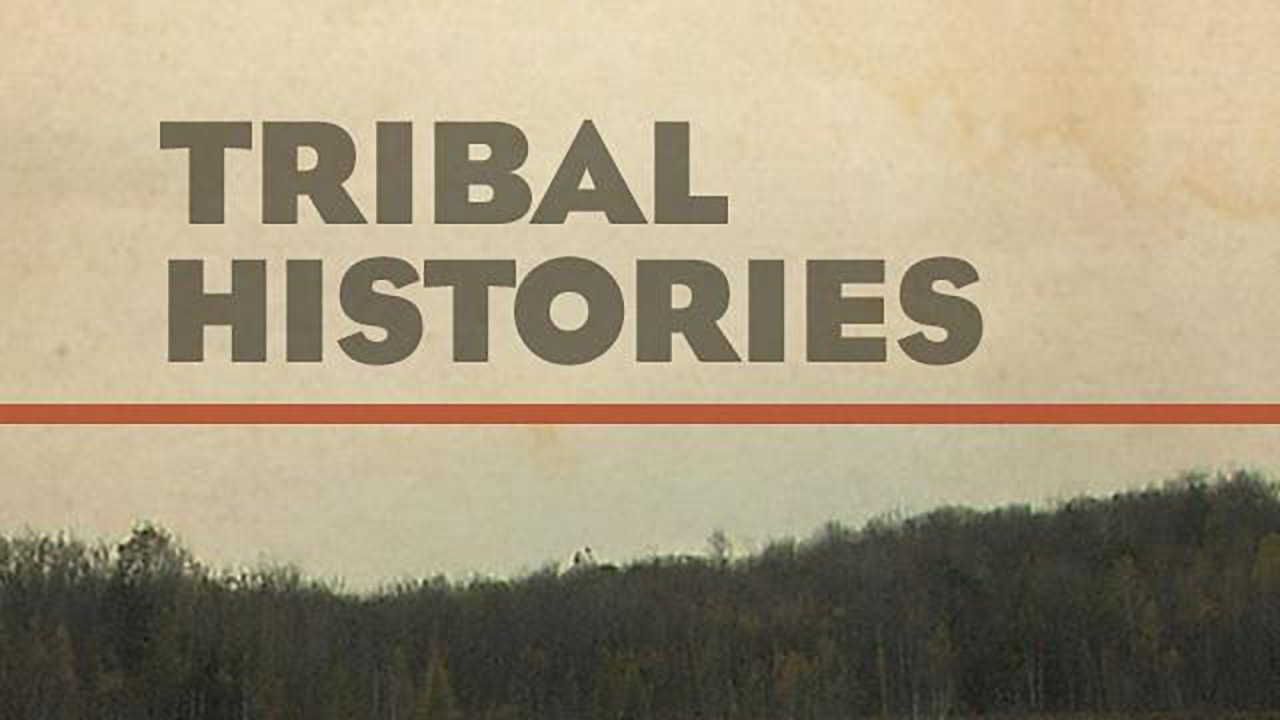
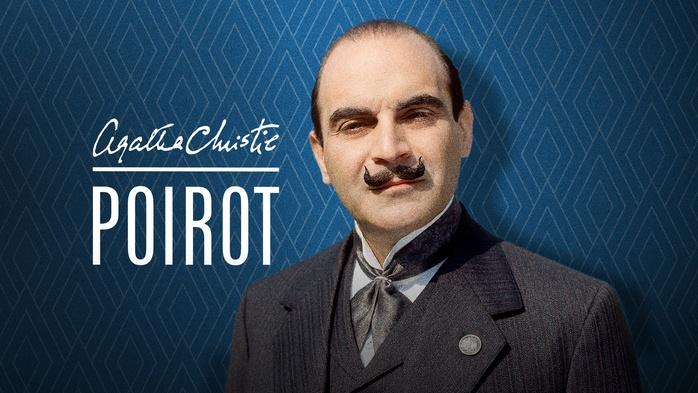



What do you think?
I would love to get your thoughts, suggestions, and questions in the comments below. Thanks for sharing!
Mike DeVine